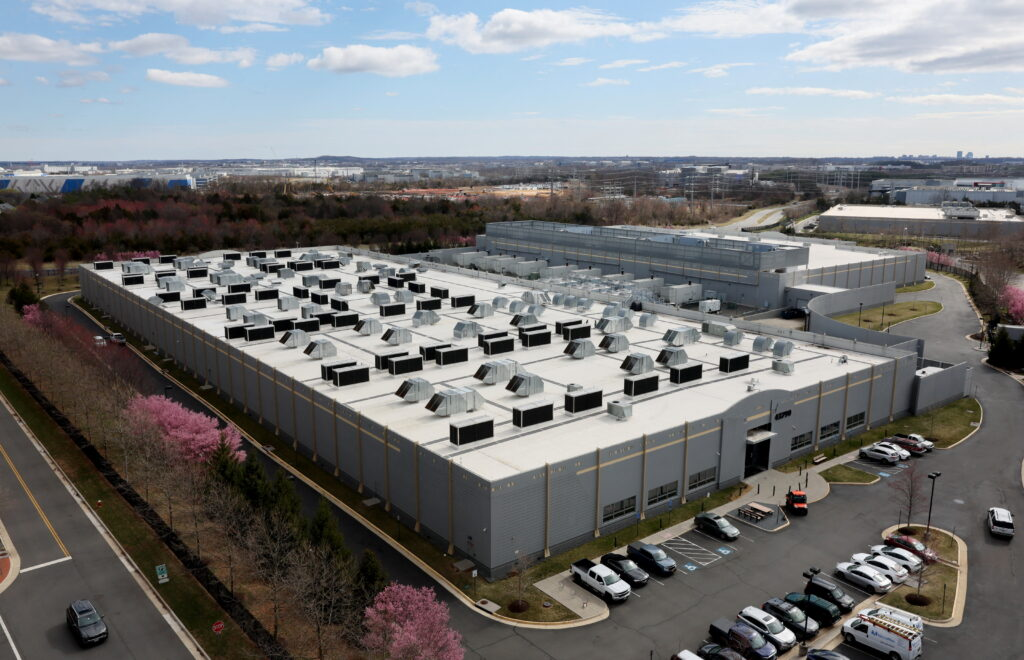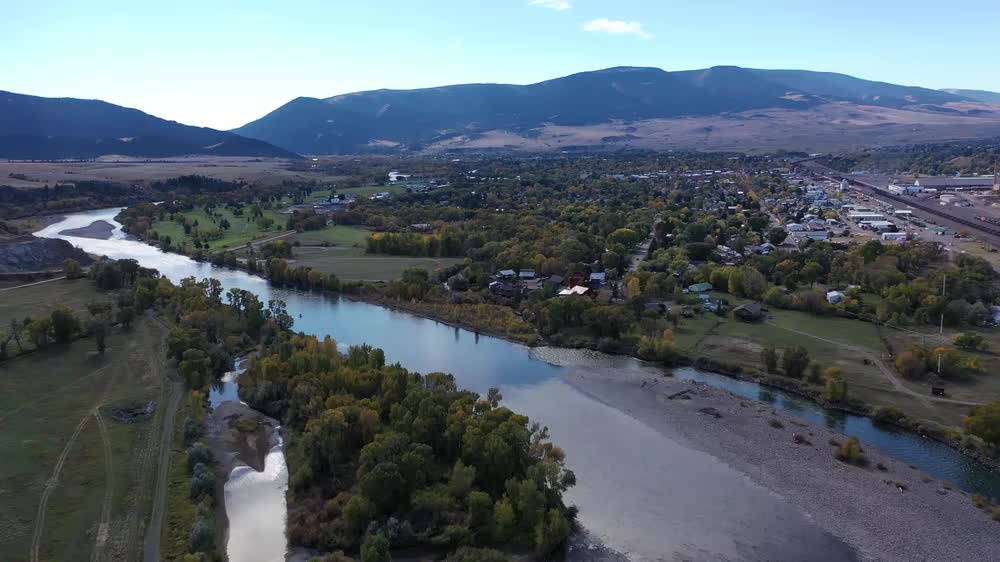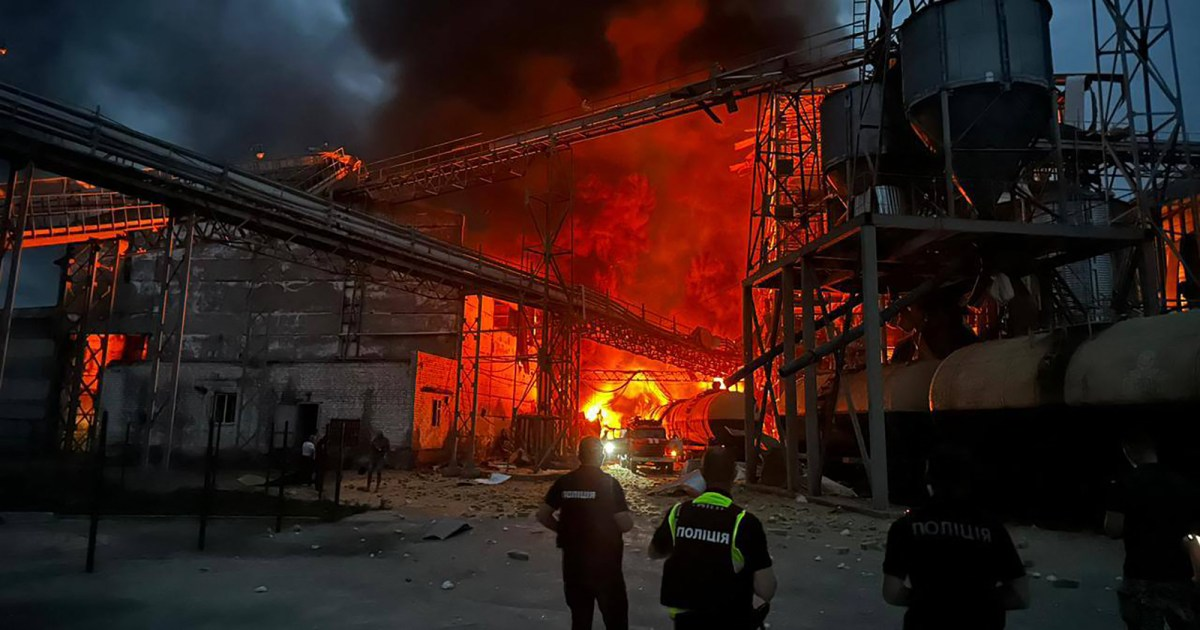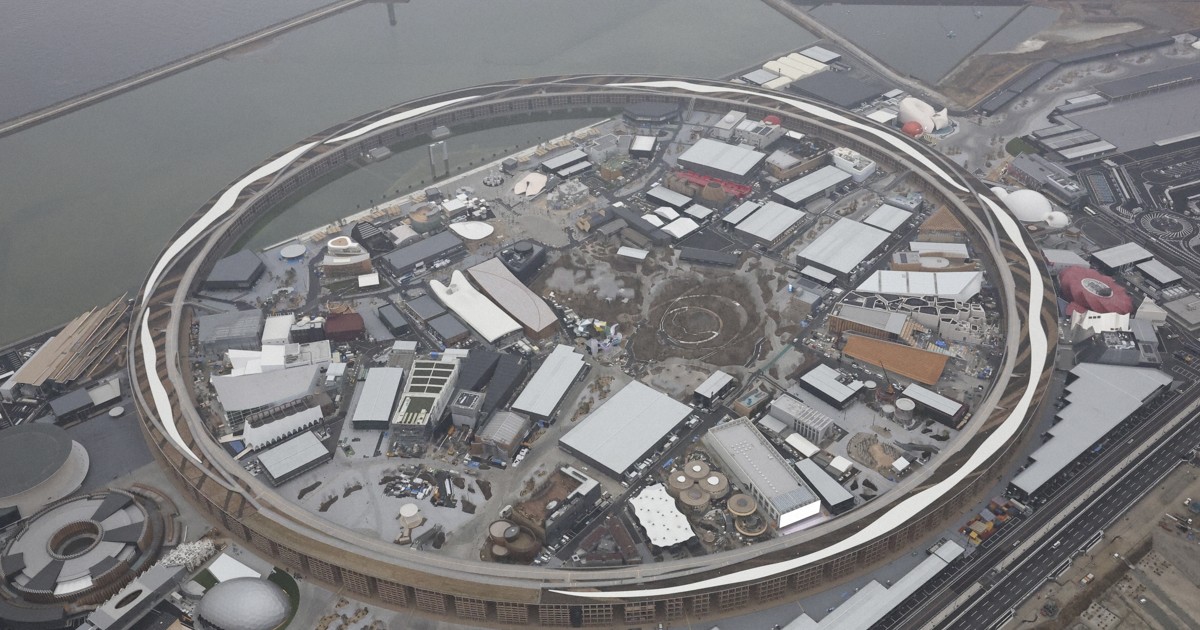Why data centers are building their own power plants

AI power demand and the new self-supply push
America’s biggest cloud and AI players are taking power into their own hands. Facing surging electricity demand from model training and 24/7 inference, companies are exploring on-site gas turbines, long-term utility contracts, and advanced nuclear partnerships to guarantee capacity and stability. Developers say it’s faster than waiting years for grid upgrades, and it can hedge against volatile prices in peak hours.
This shift is already visible in land deals abutting transmission lines, interconnection queue filings, and corporate energy teams hiring utility veterans. The economics are stark: a hyperscale campus can need gigawatts, concentrated in a few square kilometers. Blackouts, congestion and curtailment risk translate into downtime—unacceptable for firms selling AI as critical infrastructure.
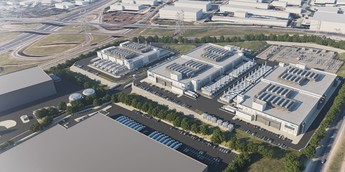
Risks, regulation and the nuclear bet
Critics warn that private generation could fragment planning and saddle communities with local pollution if fossil plants fill the gap. Others argue that on-site assets, paired with batteries and renewables, can actually ease stress on regional grids by shaving peaks. The most ambitious bet is advanced nuclear: small modular reactors (SMRs) promise high-capacity, carbon-free baseload near big campuses. But they face licensing hurdles, supply-chain bottlenecks and long timelines.
For now, data center operators are “portfolio-izing” power: a blend of direct purchases, virtual power agreements, demand response, and—where feasible—self-generation. The outcome will shape where the next wave of AI facilities gets built, how much consumers pay, and whether climate targets can survive AI’s energy appetite.


